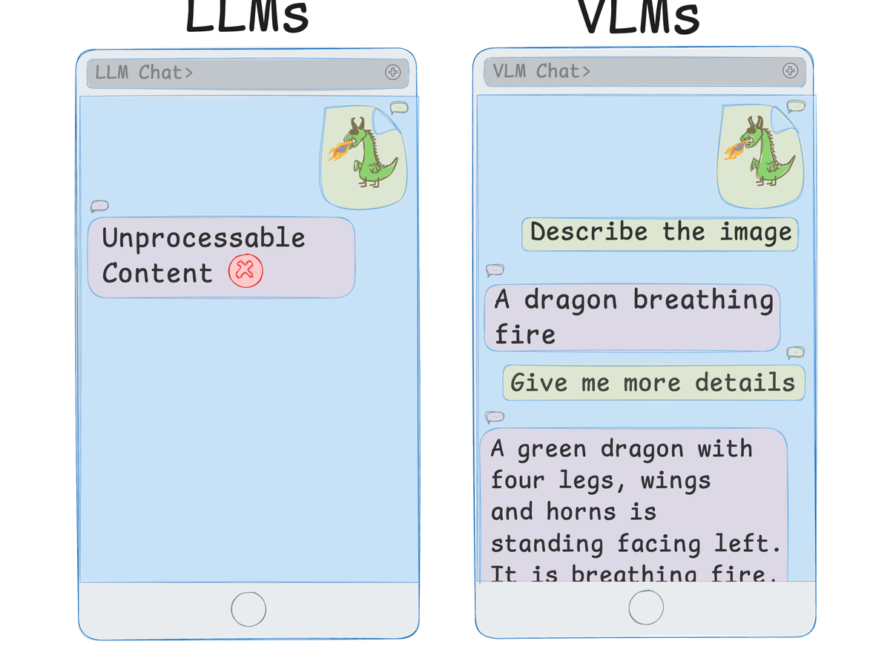In today’s highly competitive business landscape, staying ahead is a constant struggle for all organizations. To achieve this, businesses must be updated with the latest information about the market, customers, and competitors. Gathering information about any of these is known as market research.
Whether you are launching a new product or improving an existing one, market research is necessary to understand the market trend and user perception. Traditionally, user interviews, surveys, and group discussions have been employed to gather this information. However, today, most of this information can be obtained online. The biggest challenge that market researchers face is gathering all this data. With the help of web scraping, market researchers can now easily find the most relevant market analysis data from across websites and efficiently conduct market research at scale.
Scrape data from Websites with Nanonets™ Website Scraping Tool for free.
What is Market Research?
Market Research has been a cornerstone of all industries for organizations to keep a tab on the pulse of how the market is changing. Through market research, businesses understand their customers sentiment, monitor pricing, plan product launches, and do competitor analysis.
In this blog, we will discuss some of the most common use cases of market research and how web scraping can aid in getting accurate market insights quickly.
Some common market research use cases:
- Customer Sentiment Analysis: For any business, it is important to know what their customers think about the products or services that they offer. This information is crucial for planning product updates, new product development, or even the messaging around their products. Earlier, this information was obtained through customer surveys and group discussions. However, with the advent of social media, many companies have turned to analyzing user sentiment online. With the help of an effective web scraping tool, any organization can scrape what their customers say about their products on social media and plan their product strategies accordingly.
- Trend Analysis: Trend analysis is done to understand the different market scenarios that could be in play at different times and the environment prevailing in the industry at any moment. This exercise requires a large amount of data to be gathered and, if done manually through traditional methods, can be very time-consuming and error-prone. With the help of web scraping, this market research use case can be completed much more quickly while attaining data at a much higher level of accuracy.
- Competitor Analysis: Staying one step ahead of the competition is crucial to success in business. And the only way to stay ahead is to monitor the competition continuously. Traditionally, businesses have employed manual methods of researching competitors. However, these methods are extremely time-consuming and error-prone, since it is largely non-data driven. By leveraging web scraping’s capabilities for market research, organizations can quickly and accurately gather vast amounts of data on their competitors.
- Price monitoring: Accurate product pricing is key to competitive success. If you price your product much higher than the competition, you cannot make sales. But if your price is much lower than the competition, you miss out on available profit. Hence, knowing the prices that competitors are charging is crucial. However, this exercise may be time-consuming depending on the number of products or services being offered and the number of competitors in the market. Also, price monitoring must be done regularly, making it even more difficult. However, web scraping can make price monitoring a very simple process. You can have updated information at your fingertips within minutes. In addition, advanced web scraping tools can be automated to run regularly, ensuring you always have updated prices.
Looking to scrape data from websites? Try Nanonets™ Website Scraping Tool for free and quickly scrape data from any website.
Benefits of web scraping for market research
Quick and affordable data collection
Market research data collected through web scraping saves organizations a lot of time, as it can be attained within minutes. In addition, this is a very affordable method.
Ease of use
Advanced web scraping tools are fairly simple to use. All they require is the target URL and the data that needs to be extracted from this webpage. Once they have that, they will quickly extract this data in the desired output format.
Monitor market changes continuously
Web scraping for market research must be done regularly to ensure the most accurate information. Advanced web scraping tools, like Nanonets, can automate workflows to ensure the latest information is always available.
How to do web scraping for market research?
Web scraping for market research consists of 4 main steps. These steps remain the same regardless of the industry or use case that you might have. The only thing that needs to be changed is the data is to be scraped from the target website based on your requirements.
#Step 1: Identify the data required
Before starting the web scraping process, it is important to understand what information is required. Based on the market research, the data required might be that of competitors or customer sentiment about your product or service. Having this information ready before starting to scrape websites can be very helpful.
#Step 2: Shortlist data sources
Once you know what data you want, it’s time to determine where to get it. Data is commonly extracted from competition websites, e-commerce platforms, business listings, or social media platforms. Before scraping data from a website, ensure the data quality and check the terms of service to ensure that data scraping is allowed.
#Step 3: Decide on the web scraping tool
The next step is to select which web scraping tool will best serve you. Many web scrapers can help you extract relevant information from websites. Deciding which one is crucial to ensure that you get accurate data from this process.
#Step 4: Format the data structure
Finally, the data extracted from a website may be in different formats, like Excel, text, or even XML. The last step in this process is to convert this unstructured data into a structured format and upload it to the market research tool. Many advanced data scraping tools, like Nanonets, can automate this entire process for you.
Eliminate bottlenecks caused by manually scraping data from websites. Find out how Nanonets can help you scrape data from websites automatically.
Web scraping for market research with Nanonets
Nanonets is an AI-based data extraction software for businesses looking to automate processes and eliminate manual tasks using no-code workflow automation. Nanonets can scrape data from websites and extract data from PDFs, documents, images, emails, scanned documents, or unstructured datasets with more than 95% accuracy.
Nanonets’ workflow automation can automate the entire workflow, from scraping data from a website to providing structure and uploading it to the relevant location.
Watch the demo video below to learn how Nanonets workflow can help automate website data extraction.
Web scraping with Nanonets
Pros of using Nanonets –
- Easy to use
- 97%+ Accurate
- Excellent support team
- Fast information recognition
- Ability to intake large volumes of documents
- Reasonable pricing – Check Pricing
- 200+ languages supported
- 24×7 customer support
- Free Plans + Cost-effective Pricing Plans
- Personal training sessions
- In-built powerful OCR software
- Cloud and On-premise hosting
- White label options
Legal and Ethical Considerations
While web scraping itself isn’t illegal, especially for publicly available data on a website, it’s important to tread carefully to avoid legal and ethical issues.
The key is respecting the website’s rules. Their terms of service (TOS) and robots.txt file might restrict scraping altogether or outline acceptable practices, like how often you can request data to avoid overwhelming their servers. Additionally, certain data types are off-limits, such as copyrighted content or personal information without someone’s consent. Data scraping regulations like GDPR (Europe) and CCPA (California) add another layer of complexity.
Finally, web scraping for malicious purposes, such as stealing login credentials or disrupting a website, is a clear no-go. By following these guidelines, you can ensure your web scraping activities are legal and ethical.
Other Web Scraping use cases
Web scraping use cases go beyond just market research. Some other popular use cases are –
Conclusion
Market Research is a crucial but time-consuming and resource-intensive process for all organizations. Not all businesses can afford to invest that many resources in it, so they must either outsource or automate it. Unfortunately, outsourcing market research can be expensive, and hence, the only feasible solution is to do web scraping for market research.
Web scraping for market research is fast, reliable, highly scalable, and can automate an organization’s entire market research process.
Eliminate bottlenecks caused by manually scraping data from websites. Find out how Nanonets can help you scrape data from websites automatically.



